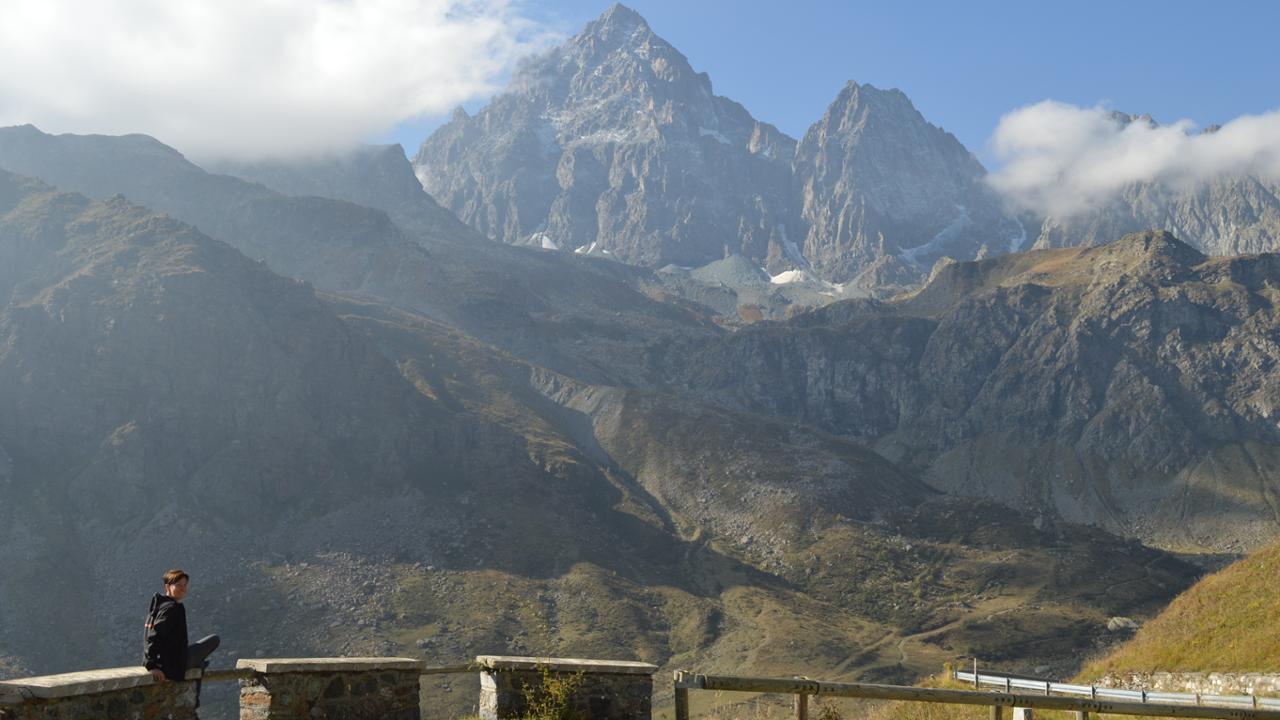
- Home
- Our Experiences, for you - Visit Cuneese
- 7 FAMOUS QUOTES RELATED TO THE CUNEO AREA
7 FAMOUS QUOTES RELATED TO THE CUNEO AREA
The Granda has been mentioned by famous actors, men of letters, emperors and politicians of the past. How could one fail to recall the famous phrase of Prince de Curtis: "I'm a man of the world, I did three years of military service in Cuneo". Here is a roundup of 'men of the world', great characters who have left their mark on the narrative of the Cuneo region.

Not to be missed
Totò
Giosuè Carducci
Napoleone
Thomas Jefferson
Leonardo da Vinci
Dante Alighieri
Boccaccio

Prince Antonio de Curtis, aka Totò, boasted in several of his films that he was a soldier in the city of Cuneo for three years. His tone was far from serious, but the people of Cuneo, with their Savoyan sagacity, were able to use it in their favour to make themselves known to the general public. The city prides itself on being the first one to have dedicated a square to him, even before Naples, his hometown. Not bad for a city of 'Bogia nen' (Stay still).
The city of Mondovì has no shortage of famous admirers. Giosuè Carducci, in his ode to Piedmont, already mentioned 'the sweet laughing Mondoví'. Even Napoleon, during the First Italian Campaign, happened to stay there. Having arrived to conquer the city, instead he was captured by its charm and, from the top of the Belvedere, read out a dispatch to the French government, saying: "From Mondovì, the most beautiful country in the world'.
Even the third president of the United States of America, Thomas Jefferson, on a trip between southern France and northern Italy, did not fail to stop in these lands. Between 15 and 16 April 1787, he crossed the Tenda Hill and travelled through the Vermenagna Valley, observing all the details of the surrounding crops and natural environment. He described Cuneo as a 'remarkable and rather well-built city'. Before arriving in Turin, his route took him briefly to Centallo, Savigliano and Racconigi, where he marvelled at the unique method of growing vines and the brick houses.
Leonardo da Vinci, on the other hand, praised the gneiss and quartzite quarries of Monbracco, a mountain massif between the Po and Infernotto Valleys. The Italian genius wrote: "Monbracho above Saluzo [...] at the foot of the Monviso a mine of layered stone which is white like the marble from Carrara without blemishes and as hard as porphyry". In fact, valuable building materials have been quarried here since the Middle Ages, and it seems that even Leonardo was impressed.
We do not know for sure if the Supreme Poet ever set foot on Piedmontese soil, but Dante Alighieri often refers to characters and places in these lands in his Divine Comedy. The Stone King, Monviso, is even referred to on two occasions, both in Inferno (XVI, 95) and in Paradiso (VI, 51). Not to be outdone is Boccaccio, who chooses young Gualtieri, Marquis of Saluzzo, as the protagonist of the last novella of his Decameron.
esempi di as xml: xml serveResource con templateId (chiave)
esempi di as json: json serveResource con templateId (chiave)
esempi di as json e siteId: json serveResource con siteid
en_US
What
to do
en_US
Experiences
No result found
en_US
Where
sleeping
en_US
Offers
en_US
Info